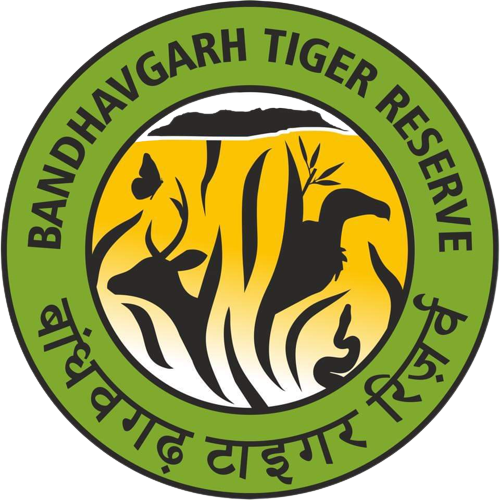Physiography, Topology, Geology, Climate, Precipitation, capability to retain Water and availability of waterbodies are the major factors which decide the types of vegetation and habitats of wild animals which will be found in an ecosystem. Bandhavgarh Tiger Reserve contains steep hillocks with varying degree of slopes and rolling Meadows with lush grasses in the valleys, which offer unique eco-systems and create diverse types of wildlife habitats, allowing a variety of species of plants and animals to flourish in the reserve.
The Reserve is rich in both the floral as well as the faunal diversity with over 510 species of flowering plants reported in BTR, about 47 recorded mammals along with around 250 species of Birds, more than 100 species of Butterflies and many reptiles. The reserve also has some of the rare species of both Plants and animals as well.
Within its broad moist and dry forests, which cover almost all area of the BTR, It also consists of few small pockets of microhabitats. These micro habitats are very sensitive and important since some plant species are only confined in these microhabitats. The major Ecologically Sensitive Areas are AndhiaryJiriya,BhitriVah (The open marshy grasslands known as 'Vahs'), Chakradhara Meadow, KetkihaVah, Sehara meadow and KerhaVah. Also because of Habitat developmental measures taken by the management, the overall water availability within the habitat has improved.

 Twitter
Twitter


